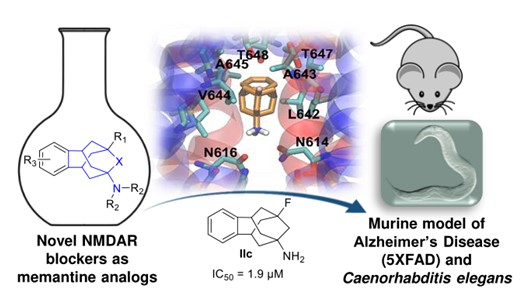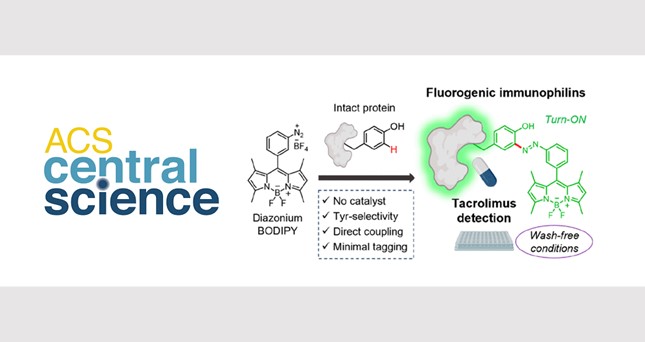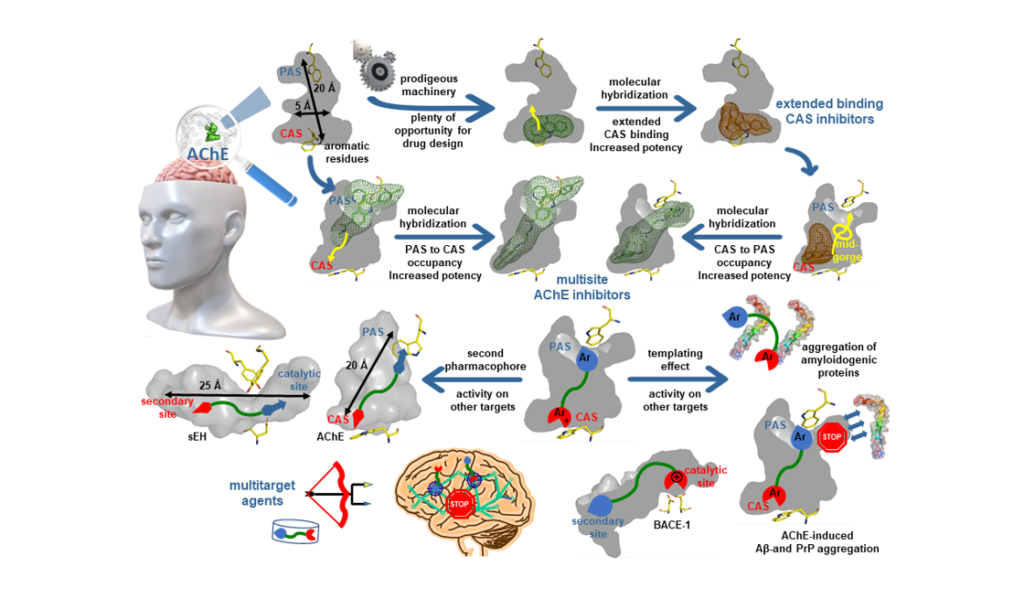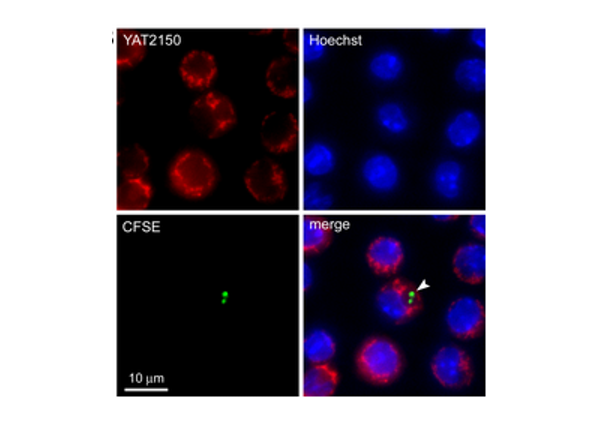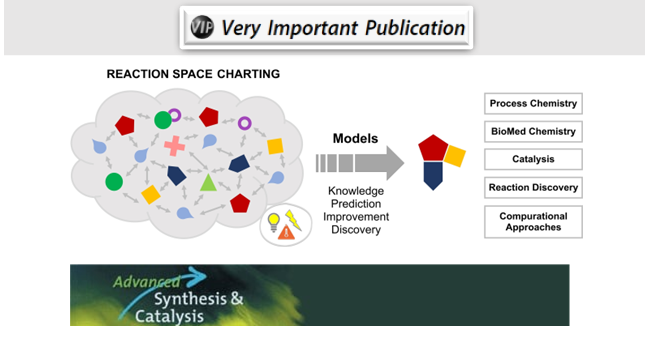Turcu, A.L.; Companys-Alemany, J.; Phillips, M.B.; Patel, D.S.; Griñán-Ferré, C.; Loza, M.I.; Brea, J.M.; Pérez, B.; Soto, D.; Sureda, F.X.; Kurnikova, M.G.; Johnson, J.W.; Pallàs, M.; Vázquez, S. Eur. J. Med. Chem. 2022, 236, 114354. doi: 10.1016/j.ejmech.2022.114354.
Currently, of the few accessible symptomatic therapies for Alzheimer’s disease (AD), memantine is the only N-methyl-d-aspartate receptor (NMDAR) blocker approved by the FDA. This work further explores a series of memantine analogs featuring a benzohomoadamantane scaffold. Most of the newly synthesized compounds block NMDARs in the micromolar range, but with lower potency than previously reported hit IIc, results that were supported by molecular dynamics simulations. Subsequently, electrophysiological studies with the more potent compounds allowed classification of IIc, a low micromolar, uncompetitive, voltage-dependent, NMDAR blocker, as a memantine-like compound. The excellent in vitro DMPK properties of IIc made it a promising candidate for in vivo studies in Caenorhabditis elegans (C. elegans) and in the 5XFAD mouse model of AD. Administration of IIc or memantine improved locomotion and rescues chemotaxis behavior in C. elegans. Furthermore, both compounds enhanced working memory in 5XFAD mice and modified NMDAR and CREB signaling, which may prevent synaptic dysfunction and modulate neurodegenerative progression.
